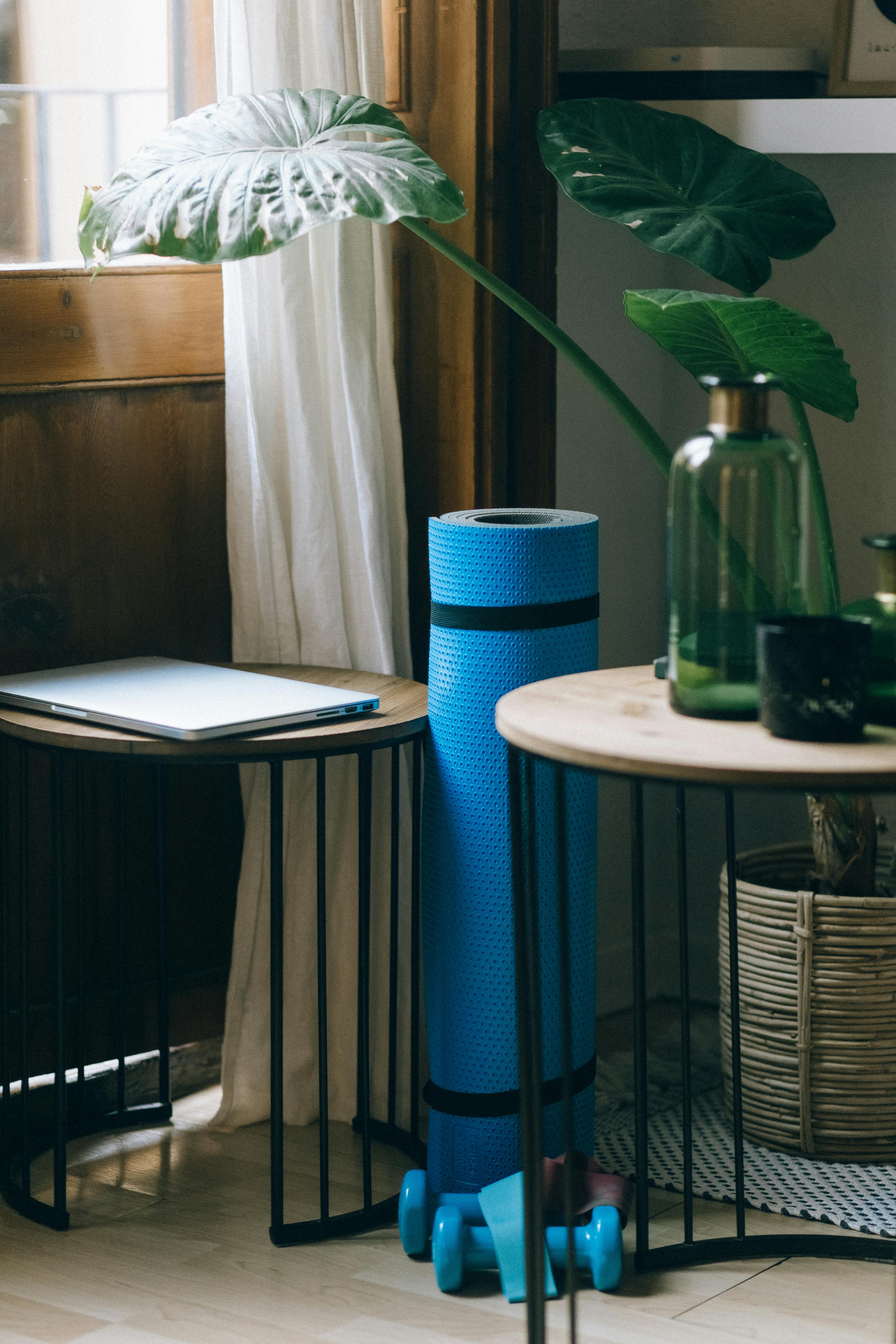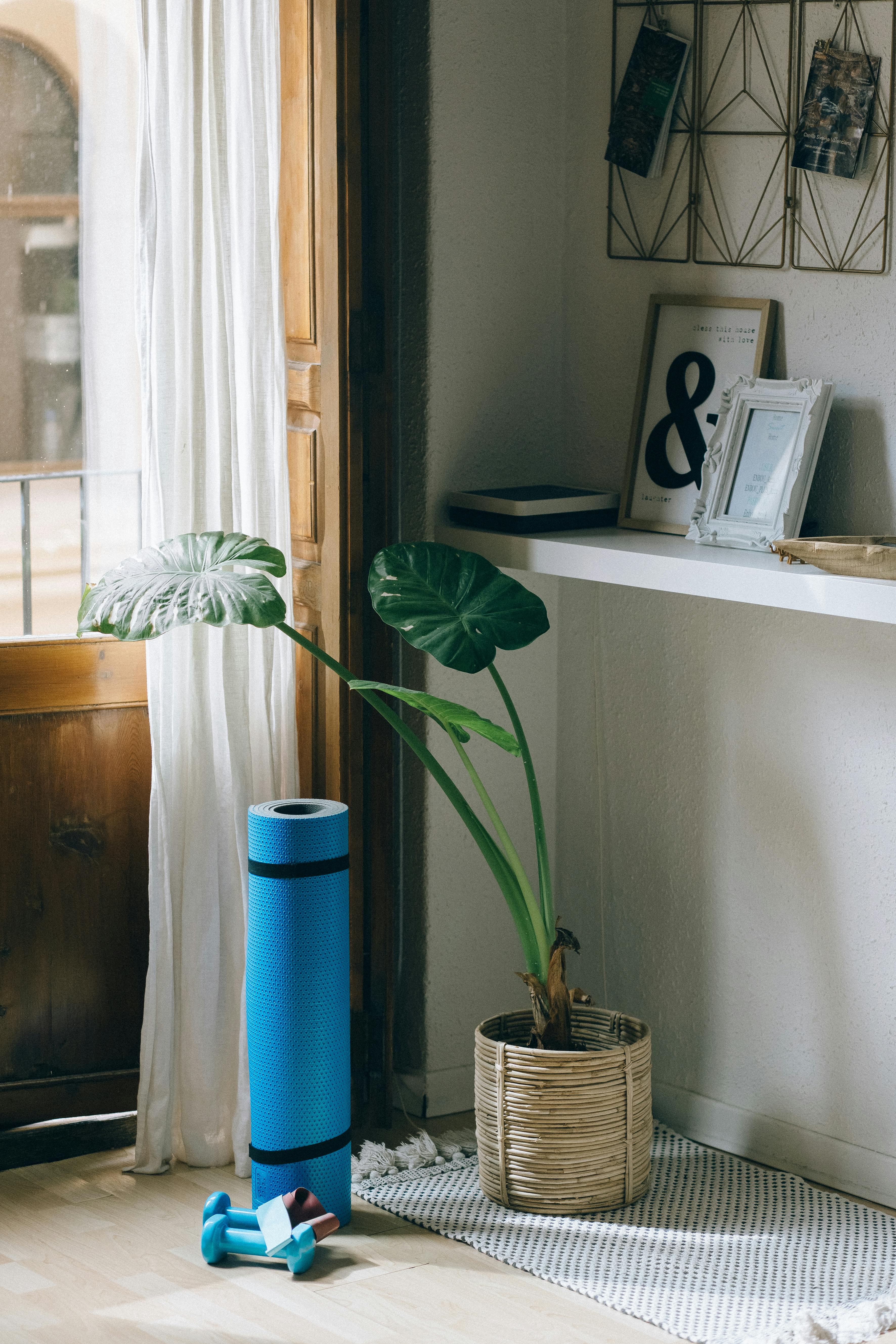Effective Cardio Workouts at Home for All Fitness Levels
Looking for ways to stay fit without hitting the gym? Cardio workouts at home offer a flexible and powerful solution. With more people seeking convenient fitness alternatives, mastering home-based cardio routines is essential. This guide will walk you through the fundamentals, practical steps, advanced methods, and everything in between to help you thrive in your fitness journey from the comfort of your home.

Understanding the Fundamentals
Cardiovascular exercise, or “cardio,” refers to activities that increase your heart rate and respiration while engaging large muscle groups repetitively and rhythmically. From brisk walking to high-intensity interval training (HIIT), cardio has evolved over decades from basic aerobics to scientifically designed routines.
Understanding how cardio workouts at home function helps you optimize your sessions, ensuring better results in weight management, cardiovascular health, and endurance. Think of your heart as a muscle—these exercises strengthen it just like lifting weights does for your biceps.
1.1 What Makes Cardio Effective
Effective cardio exercises elevate your heart rate into the target zone, typically 50-85% of your maximum heart rate. Activities such as jumping jacks, running in place, and dancing offer high returns. A study by Harvard Medical School shows that 30 minutes of moderate cardio can burn up to 250 calories, making it ideal for fat loss.
These exercises are versatile and scalable. From beginners to athletes, everyone can tailor intensity to their level. A common myth is that cardio must be high-impact to work. In truth, low-impact options like marching or stair stepping can be equally effective when performed consistently.
1.2 Low vs High-Intensity Cardio
Low-intensity cardio focuses on sustained movement over a longer time, such as a 45-minute walk or steady cycling. High-intensity cardio includes short bursts of vigorous activity followed by rest, like HIIT. The difference lies in time and energy expenditure.
While high-intensity options burn more calories in less time, low-intensity cardio is easier to maintain and less taxing on the joints. By understanding both styles, you can structure a balanced weekly plan to maximize benefits while reducing injury risk.
Practical Implementation Guide
Now that you understand what cardio is and how it works, let’s discuss how to implement it into your daily life. Results depend on consistency, progression, and adaptation to your current fitness level. Whether you’re a beginner or seasoned athlete, there’s a place to start.

2.1 Actionable Steps
- Start Simple: Begin with 20-minute sessions of jumping jacks, high knees, or stair climbs. Maintain a pace where conversation is slightly challenging.
- Use Minimal Equipment: Bodyweight is enough, but resistance bands or a jump rope can increase intensity.
- Track Progress: Use a fitness app or journal. Set weekly goals like “4 cardio sessions of 30 minutes each” to stay on track.
2.2 Overcoming Challenges
Common issues include lack of motivation, space constraints, and soreness. Combat these by setting a dedicated workout time, using small living room spaces creatively, and incorporating active recovery days with yoga or stretching.
Stay hydrated, warm up before each session, and cool down afterward to avoid injuries. If motivation dips, try music playlists or virtual group sessions to stay engaged. These techniques make cardio workouts at home sustainable and enjoyable.
Advanced Applications
Once you’ve built a baseline of fitness, it’s time to take your cardio workouts at home to the next level. Advanced applications improve endurance, metabolic rate, and cardiovascular efficiency, especially when paired with goal-specific training methods.

3.1 Tabata and HIIT Circuits
Tabata involves 20 seconds of work followed by 10 seconds of rest, repeated for 4 minutes. Exercises include burpees, mountain climbers, and squat jumps. A study from the American Council on Exercise found HIIT burns up to 30% more calories than traditional cardio in the same time frame.
These routines push your limits, improving oxygen consumption and stamina. They’re ideal for people with limited time but high-performance goals. Use a timer app and rotate exercises to keep sessions engaging.
3.2 Hybrid Cardio Training
Integrate strength training into cardio for maximum results. Circuit training with push-ups, jump squats, and planks maintains heart rate while building muscle. This method blends the fat-burning effect of cardio with muscle toning benefits.
Ensure exercises transition smoothly. For instance, follow push-ups with jumping lunges to balance upper and lower body activation. These integrated sessions require planning but deliver excellent results in short durations.
Future Outlook
Wearable technology and smart home fitness equipment are transforming cardio workouts at home. Devices like fitness watches and AI-powered mirrors offer personalized feedback and adjustments in real-time.
Over the next 3–5 years, expect growth in virtual trainers, VR-enhanced cardio games, and biometric-tracked routines. Prepare by familiarizing yourself with basic fitness tracking apps now and investing in simple gear like a heart rate monitor for better control and improvement.
Conclusion
Cardio workouts at home are accessible, effective, and adaptable. First, understand core principles like heart rate zones. Next, implement practical routines based on your fitness level. Finally, scale with advanced techniques like HIIT and hybrid workouts.
Whether you’re aiming to lose weight, boost heart health, or simply stay active, home cardio delivers real results. Get started today by choosing a workout time and trying your first 20-minute session. Your future self will thank you!
Frequently Asked Questions
- Q: What is the easiest cardio workout to do at home? Marching in place or basic jumping jacks require no equipment and are ideal for beginners.
- Q: How do I start cardio workouts at home? Choose three basic exercises and set a timer for 15-20 minutes. Focus on consistency before complexity.
- Q: How much time should I spend on cardio weekly? Aim for at least 150 minutes of moderate cardio or 75 minutes of vigorous cardio per week, per CDC guidelines.
- Q: Is cardio at home cost-effective? Yes, most routines use bodyweight, saving money on gym memberships or equipment.
- Q: How does home cardio compare to gym cardio? It’s equally effective when intensity and duration are matched. Home workouts offer more flexibility.
- Q: Do I need experience to start? No experience needed. Start slow and progress gradually. Follow beginner-friendly routines online if needed.
- Q: Can cardio be tailored to different professions? Yes, quick routines work well for busy professionals, while longer ones can suit flexible schedules. Customization is key.